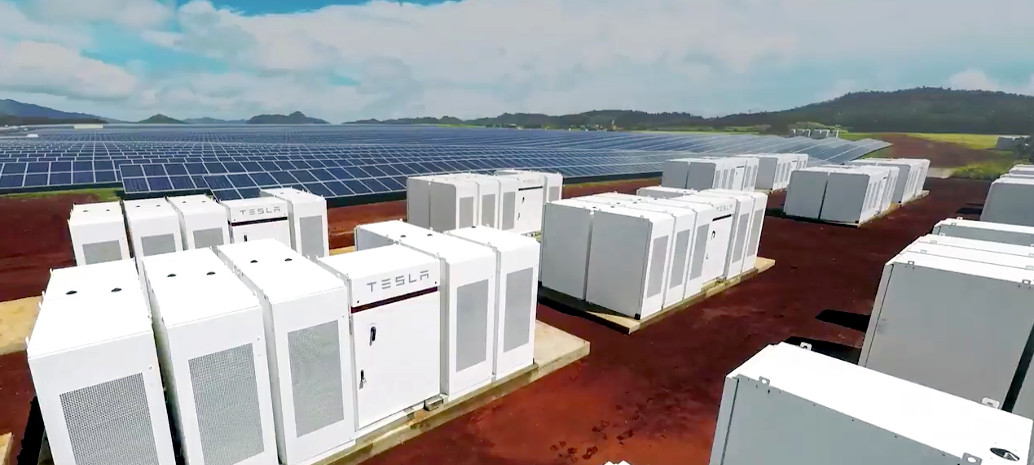As California goes, so goes … the world?
Earth’s fifth largest economy has put forth its 2019-2020 Integrated Resource Plan (IRP) – Proposed Reference System Plan (173-page pdf), and it suggests that solar and energy storage will “dominate” through 2030 and beyond. The purpose of the document is to lay a path, based on hard research of both costs and technical feasibility, to move the state toward 100% renewable electricity and net negative CO2 by 2045.
On the slide below – entitled Summary of Annual Resource Buildouts, from a 46 million metric ton (MMT) default figure, the model shows exactly how much volume was considered in an annual basis from various resources. In another area, the 46 MMT model suggests by 2030 around 11-19 GW of battery storage will be deployed for the main purpose of shifting solar generation into the nighttime. The total (baseline plus selected) battery storage RA capacity contribution is around 13-16 GW.

The document features multiple models, with the 46 MMT of emissions the current recommended way forward. It was noted that, while not equivalent, the state’s 60% renewable portfolio standard by 2030 and the 46 MMT model had similar procurement outcomes.
As per the document, all batteries considered in the IRP are four-hour devices, though it suggests that lithium ion will transition into 6-8-hour batteries by 2030. A battery recently approved by the New York State Public Service Commission is a 316 MW/2,528 MWh, eight-hour energy storage facility.
Part of the reason for the very large increase from prior IRPs for solar and energy storage is that both technologies have decreased in pricing much faster than projected (below image) – modeling that utility scale costs are roughly half of the 2017 IRP values. As well, in 2018, the preferred IRP noted that the Marginal greenhouse gas abatement cost was $219/MT, and had fallen almost 50% to $113.
Popular content

Greenhouse gas emissions are modeled higher in 2024 relative to 2023, in large part due to the retirement of the Diablo Canyon Nuclear Power Plant. A capacity shortfall in 2021, followed by retirement of the 2 GW of capacity from the plant in 2024-5, results in all available gas power plants being retained for grid operator California Independent System Operator ratepayers through 2026 in all core policy cases.
The chart below shows the total resources projected as part of the 46 MMT case through 2030. It is projected that to move forward, the levelized total resource cost will be approximately $46.5 billion per year.

Last year’s IRP modeled 5.9 GW of solar and 2.1 GW of energy storage would be deployed by 2030, at a cost of $44.5 billion per year. It also included greater than 2 GW of geothermal, a feature which was completely removed from this model.
This article was amended on 09/12/19 to reflect that MMT refers to ‘million metric tons’, not million megatons, ie billion tons, as previously stated.
This content is protected by copyright and may not be reused. If you want to cooperate with us and would like to reuse some of our content, please contact: editors@pv-magazine.com.


MMT means million metric tons, not million megatons
Thanks for spotting that rf, the copy has now been amended as requested.